Table of Contents:Sinai Peninsula
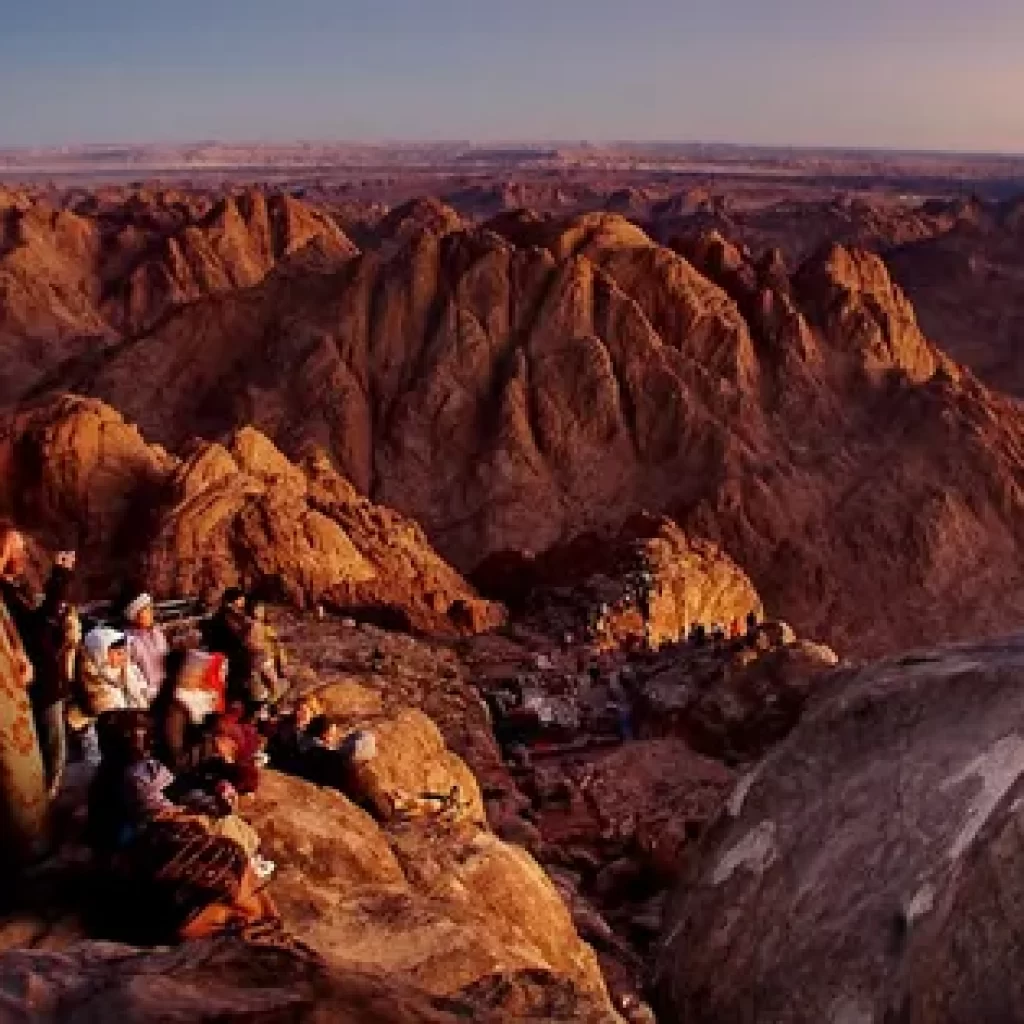
- Introduction
- Geographical Marvels of Sinai
- The Rich History of Sinai
- Religious and Cultural Significance
- Diverse Ecosystems and Wildlife
- Bedouin Culture and Traditions
- Adventure and Outdoor Activities
- Archaeological Treasures
- Environmental Challenges and Conservation
- The Future of Sinai Peninsula
Introduction:Sinai Peninsula
The Sinai Peninsula joining the continents of Africa and Asia has played an unsurpassed role in human history it’s well known that many peoples and cultures have passed across it in both directions bringing with them different cultures and different ways of viewing life Moses and Christ traveled across it humbly radically changing the views of those who followed and as a result monasteries and churches were built at certain isolated places the Arab leader Maher even Al ass led the muslin army to Egypt
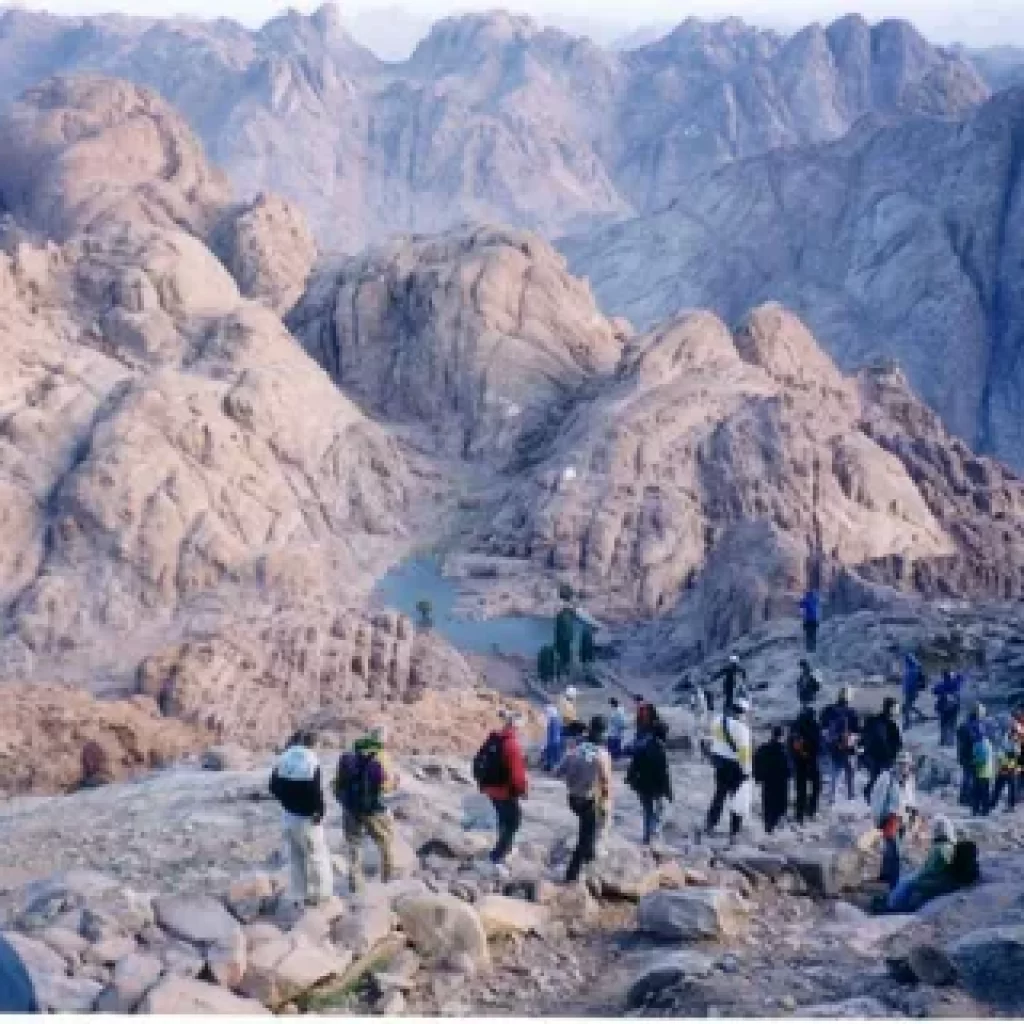
- Geographical Marvels of Sinai:
rest of Africa there are only a few places in the world where as a first-time visitor you’re confronted with such a mountain scape as that of the Sinai in the snaking waters of the South and the looming crafted vistas of the Interior the landscape is both visually overpowering and peaceful as if nature in enacting its script has become frozen in stone the region was formed as a result of tectonic plate movement the African Arabian and Mediterranean shields pulling away from each other creating a great gash in the land.
2. The Rich History of Sinai:
another with its extraordinary beauty it’s one of thee or for some even the most interesting site in Sinai this first and only Egyptian National Park was declared in 1983 with an area of 97 kilometres square since then it’s been extended to 480 kilometres Square and includes marine and terrestrial areas the park is surrounded by magnificent coral reefs that are famous in the whole world for their unique beauty these corals are part of an elevated promontory that emerged after a change in the coastline some 70,000 years ago
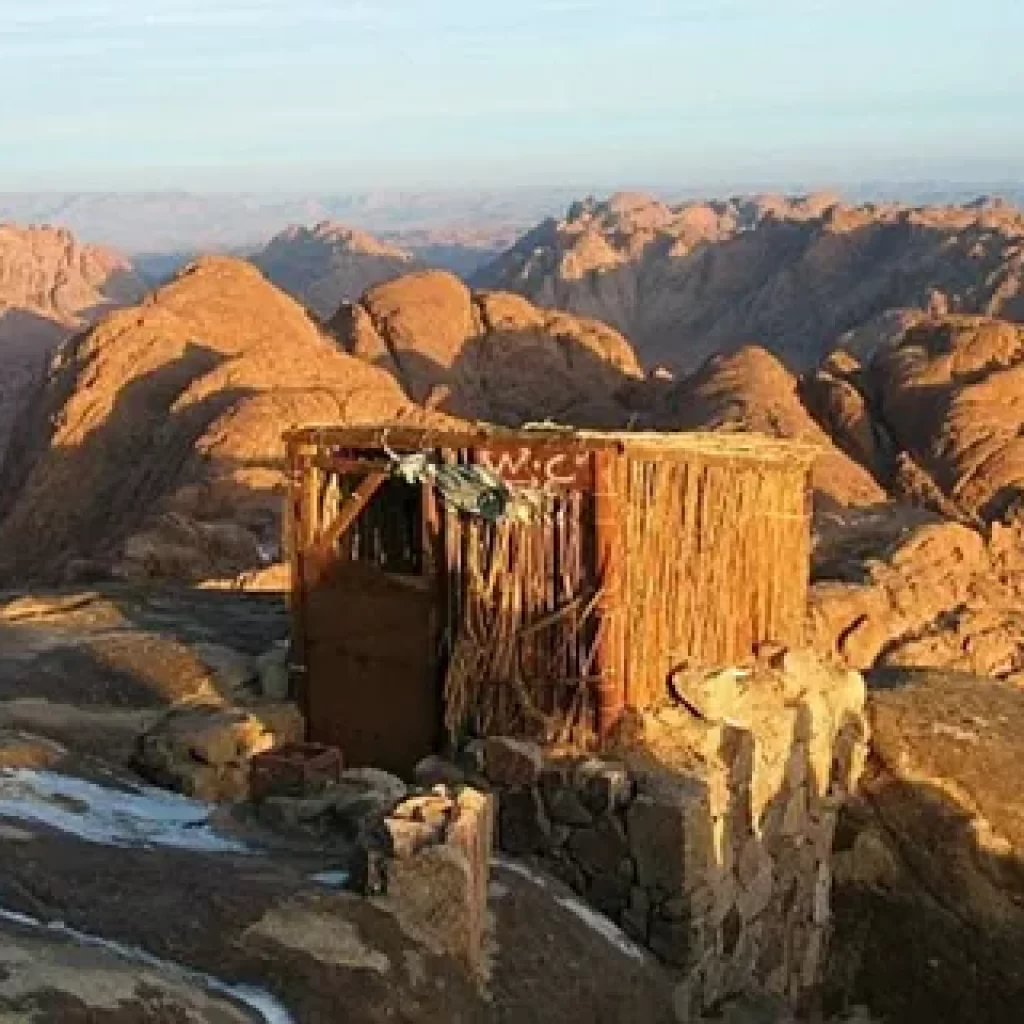
- Religious and Cultural Significance:
monotheistic religions, the most prominent of these is the monastery of st. Catherine founded in the fifth century AD together with its satellite monuments all this gives the region a special importance as a cultural heritage site of international value with the destruction of Petra by the Romans nepeta an influence waned, and the survivors became nomads the Sinai region known to the Romans as Palestine Elisha became a savage wilderness and as such attracted early Christian anchorites following the departure of the Romans.
- Diverse Ecosystems and Wildlife:
a variety of lithification processes including compaction cementation and recrystallization continental sediments are derived from weathered and eroded pre-existing rocks and deposited mainly by rivers but also occasionally by wind glaciers and other processes vast harsh empty spaces bounded on all sides by huge formations of rock offer an ever-changing vista of colour.
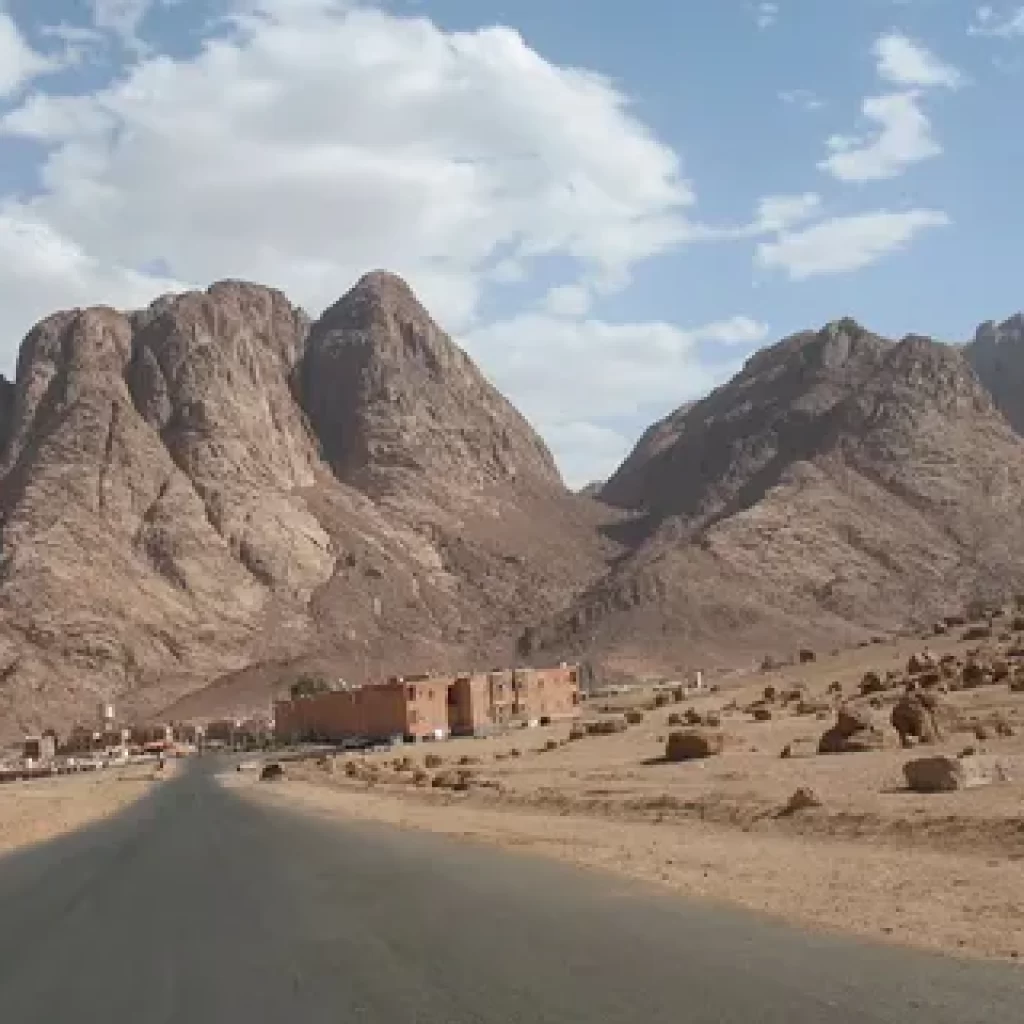
- Bedouin Culture and Traditions:
small town of st. Catherine some of the Bedouin tribes are nomadic and others such as the Jabalia live in permanent settlements the Bedouin the original Arabs are the Arabic-speaking nomads of the Middle East who proudly maintained their pastoral way of life over thousands of years and the vision of the family their camels and their herds of goats are firmly planted in our minds they now live in the desert regions of all countries between the Arabian Gulf and the Atlantic every day hundreds of pilgrims
6. Adventure and Outdoor Activities:
traditional sunrise climb the final steps of the stairway of repentance to arrive at the top reach 2,000 285 meters above sea level and the lofty summit of Mount Sinai the view from here has been likened to an ocean of petrified waves sometimes it’s possible to see the hazy blues of the Gulf’s of Suez and acaba from this point the northern and eastern boundaries of the Jabalia territory are demarcated by the dark volcanic circular dyke and the peaks of Jebel OOM Alawi in the Judeo-Christian region of the Middle.
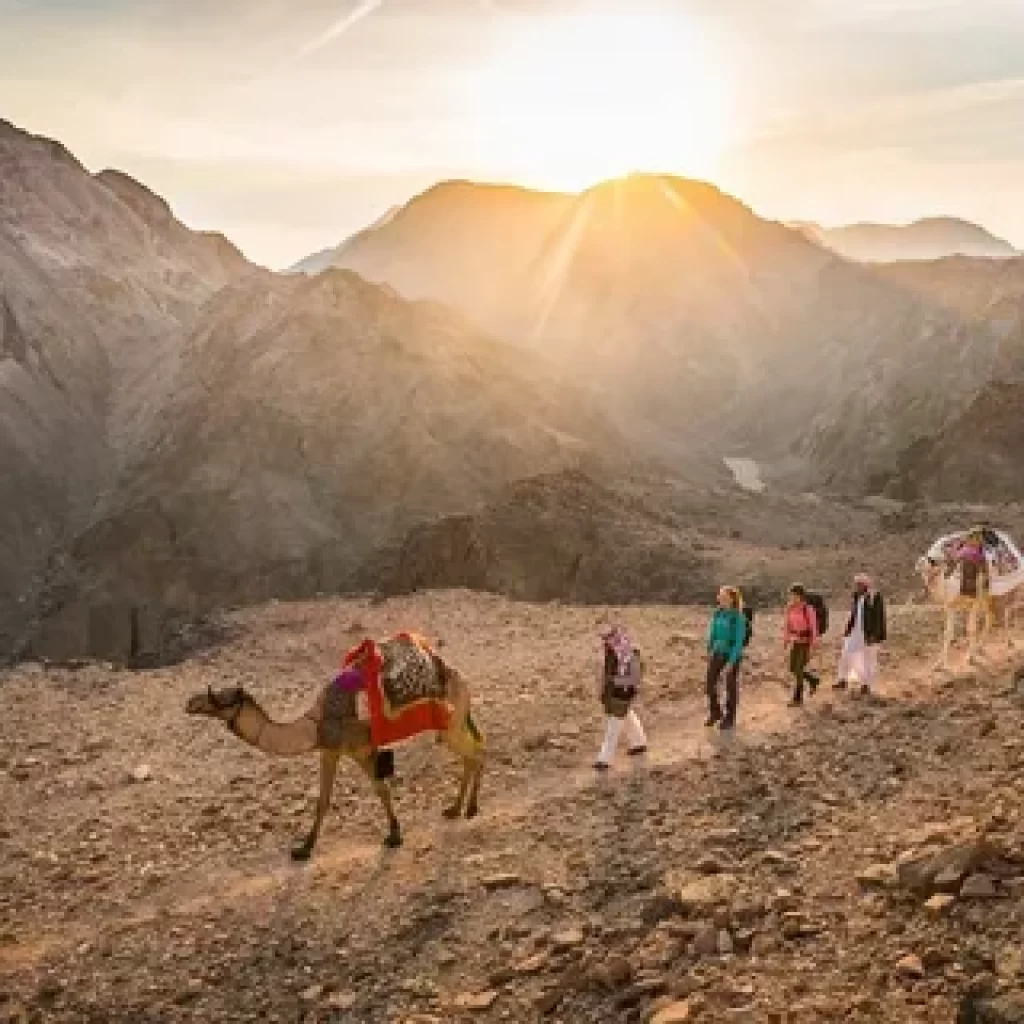
- Archaeological Treasures:
Colour and form – this is added the effects of sandstone weathering and colouring through leached minerals in some places a whole hillside is layered in all colours red purple green cream white and orange in many places the evidence of past geological activity is obvious with tilted layers sitting on the underlying granite base rock most of the nominated area and also of the Protectorate is inhospitable mountainous desert there’s a population of more than 10,000 within the Protectorate located in over 50 Bedouin settlements .
8. Environmental Challenges and Conservation:
such as copper malachite and turquoise found at wadi Megara and sarah beit el Kadeem as well as the more recently discovered oil in the Gulf of Suez archaeological investigations have shown that migrating peoples crossed the harsh passageways of Sinai between Africa and Asia during many of the prehistoric period’s military expeditions during fur ionic times left their mark in the rock art which can be seen in many areas of the peninsula and the biblical story of the exodus has bequeathed a rich source of tradition in which Sinai is holy.
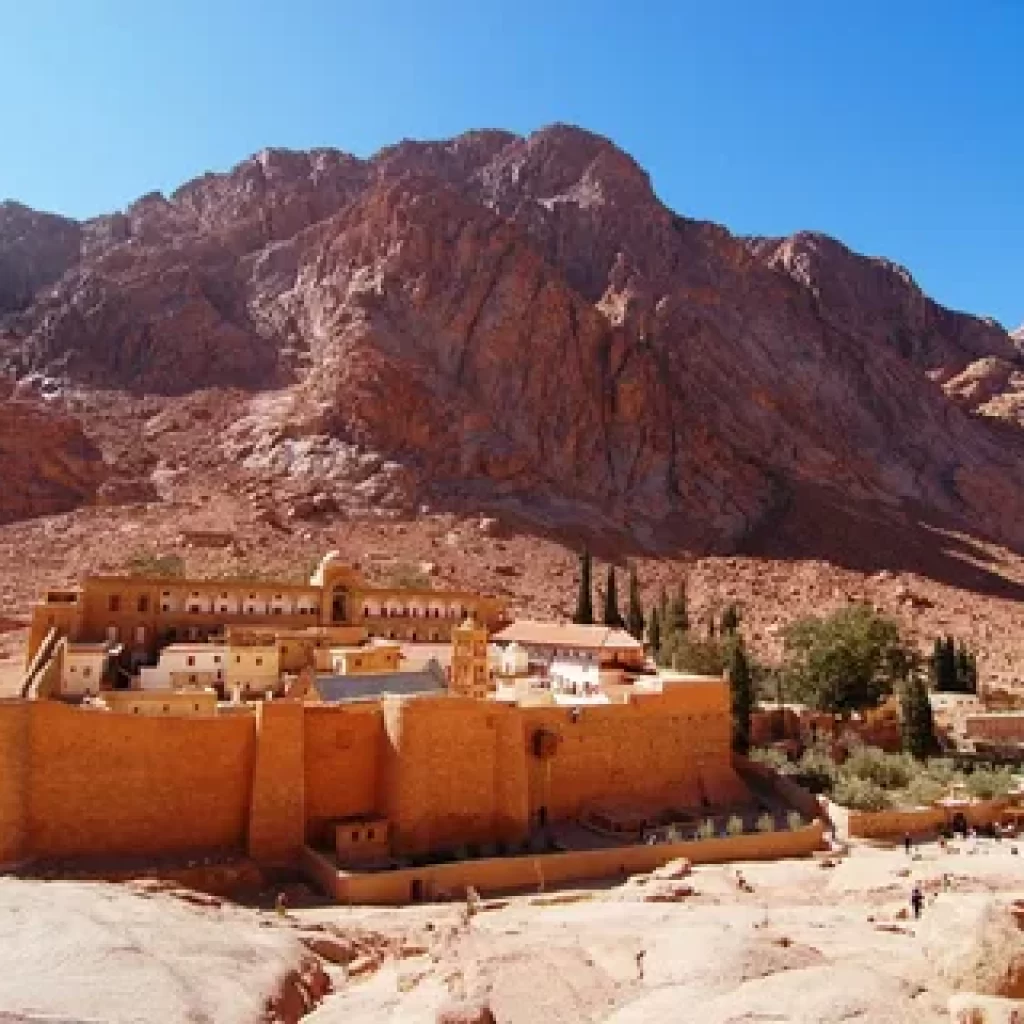
9. The Future of Sinai Peninsula:
few places on earth capture the imagination of both young and old the way Egypt does with its parched desert landscape dissected by its one eternal River despite its hostile environment and harsh climate the southern part of the Sinai Peninsula has attracted human occupation for many millennia the remains of the simple dwellings of the ancient inhabitants known to history as the Maleates date from the early Bronze Age but earlier settlements of late Mesolithic or early Neolithic date have also been found ascetic monasticism.
Conclusion:Sinai Peninsula
in remote areas prevailed in the early Christian Church and resulted in the establishment of monastic communities in remote places, st. Catherine’s monastery is one of the earliest of these and the oldest to have survived intact, being used for its initial function without interruption since the 6th century
it demonstrates an intimate relationship between natural grandeur and spiritual commitment southern Sinai is particularly rich in religion the second half of the fourth century the general lawlessness eventually drove the monastic communities to seek help this was supplied by the Byzantine Emperor Justinian the first who sent teams of architects and masons to build a fort below the rocky eminence identified by the monks as Mount Sinai the neoclassical bell tower is the work of one of the monks Gregorian and was built in 1871.
FAQs:Sinai Peninsula
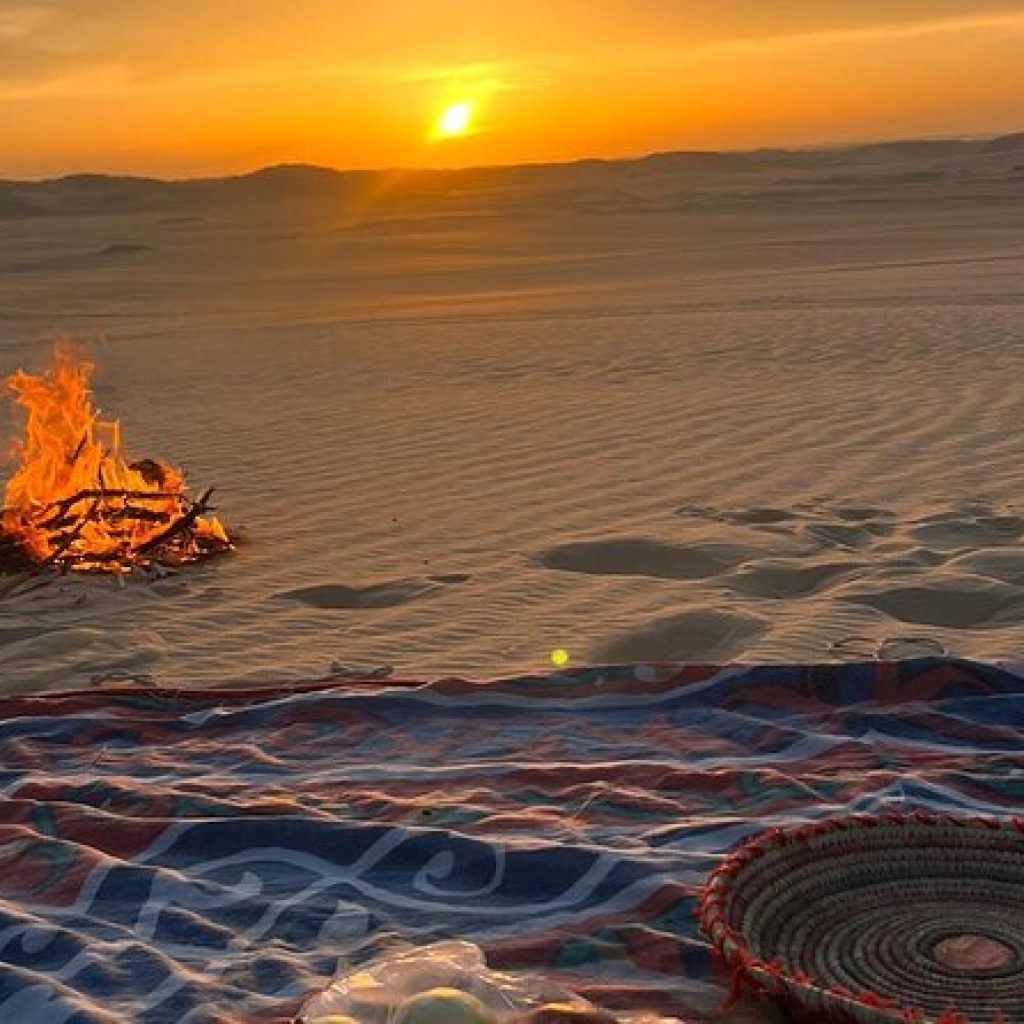
1.What is the geographical significance of the Sinai Peninsula?
The Sinai Peninsula is a strategic location, situated at the crossroads of Africa, Asia, and Europe. Its unique geography, with its towering mountains, deep canyons
2.What is the cultural and religious significance of the Sinai Peninsula?
The Sinai Peninsula holds immense cultural and religious significance, being the site where Moses is believed to have received the Ten Commandments from God, and the route taken by the Prophet Muhammad during his journey from Mecca to Medina. It is also home to the renowned St.
3. What are the main environmental challenges facing the Sinai Peninsula?
The Sinai Peninsula faces a number of environmental challenges, including desertification, water scarcity, and the impacts of human activity, such as overgrazing, unsustainable tourism, and the extraction of natural resources. Efforts to protect the region’s unique biodiversity .
4.What are some of the unique ecosystems and wildlife found in the Sinai Peninsula?
Despite the harsh, arid climate, the Sinai Peninsula is home to a remarkably diverse array of ecosystems and wildlife. This includes the rugged mountains and canyons that provide habitats for endemic species like .
5.How do the Bedouin people and their traditions contribute to the cultural heritage of the Sinai Peninsula?
The Bedouin people, the ancestral inhabitants of the Sinai Peninsula, have developed a rich cultural heritage that is deeply intertwined with the land and its environment. Their traditional way of life, marked by a close connection to the natural world, is reflected in their intricate textile weaving.
6.What are some of the outdoor activities and adventure opportunities available in the Sinai Peninsula?
The Sinai Peninsula offers a wealth of outdoor activities and adventure opportunities, including hiking and trekking through the rugged terrain, diving and snorkeling in the crystal-clear waters of the Red Sea.
7. What is the future outlook for the Sinai Peninsula, and what are the key considerations for its sustainable development?
The future of the Sinai Peninsula holds both promise and peril. By prioritizing the preservation of its fragile ecosystem, empowering local communities, leveraging its cultural heritage, and investing in sustainable development.





Comment (0)